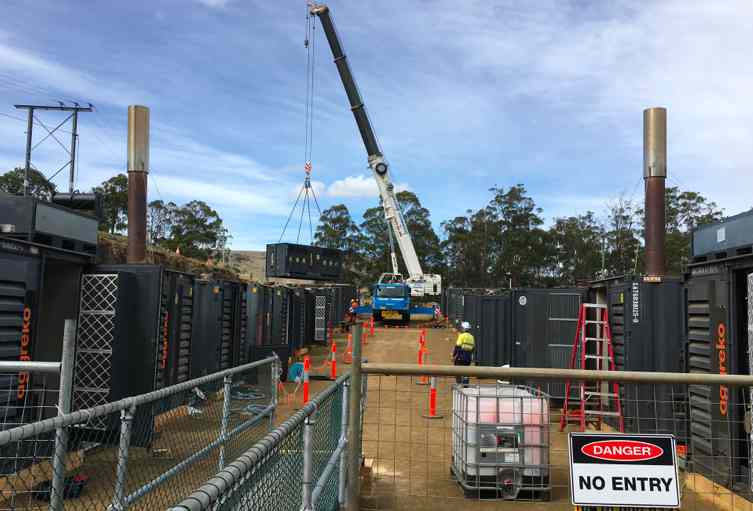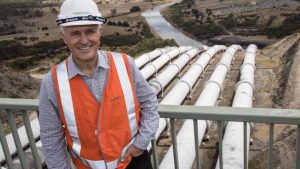Tasmania is reportedly considering lifting its feed-in tariff for rooftop solar as it seeks to deal with a major energy crisis and faces another three months without its connection to the mainland.
Tasmania energy minister Matthew Groom has hinted that the state’s feed-in tariff, currently at 6c/kWh, may be lifted to try to encourage more rooftop solar and help offset the high cost of diesel generation.
The government has been forced – because of depleted hydro reserves and the loss of the Basslink connection – to install 200MW of diesel generation, which will cost around $300/MWh. That compares to $60/MWh currently paid to rooftop solar.
Groom was expected to make a major announcement on the energy crisis in parliament today, but that was delayed due to a vote of no-confidence in the speaker.
Another potential element of his speech was the possible construction of a second connector to the mainland, both as a security measure and as a potential avenue to export more renewable energy to Victoria – a plan that has been under consideration for some time.
However, the coal lobby is not keen on this idea, given its potential impact on Victoria’s brown coal generators. The Australian Energy Council, which represents generators such as AGL Energy, Origin Energy and EnergyAustralia, among others, warned in an opinion piece today against any hasty actions.
Basslink, meanwhile, announced today it had narrowed down the possible area of fault in the cable to a location around 98km north of Tasmania. However, it would take until the end of May to fix the cable. That will mean a total of six months without connection to the mainland.
Basslink said it still did not know the cause of the fault, but would begin cutting the cable in the next few days, weather permitting.
Tasmania has come under pressure for not having planned ahead by encouraging more renewable energy development. The lowest spring rainfall on record has cut dam levels to record lows of 16.1 per cent, threatening environmental harm on water species and damage to hydro equipment.
This and the loss of the cable has forced Hydro Tasmania to restart its gas generator, contributing more than 300MW of capacity, and to ship in dozens of containerised diesel gen-sets to ensure supply. Large energy users have already cut demand by more than 110MW, and there is talk of further reductions.








